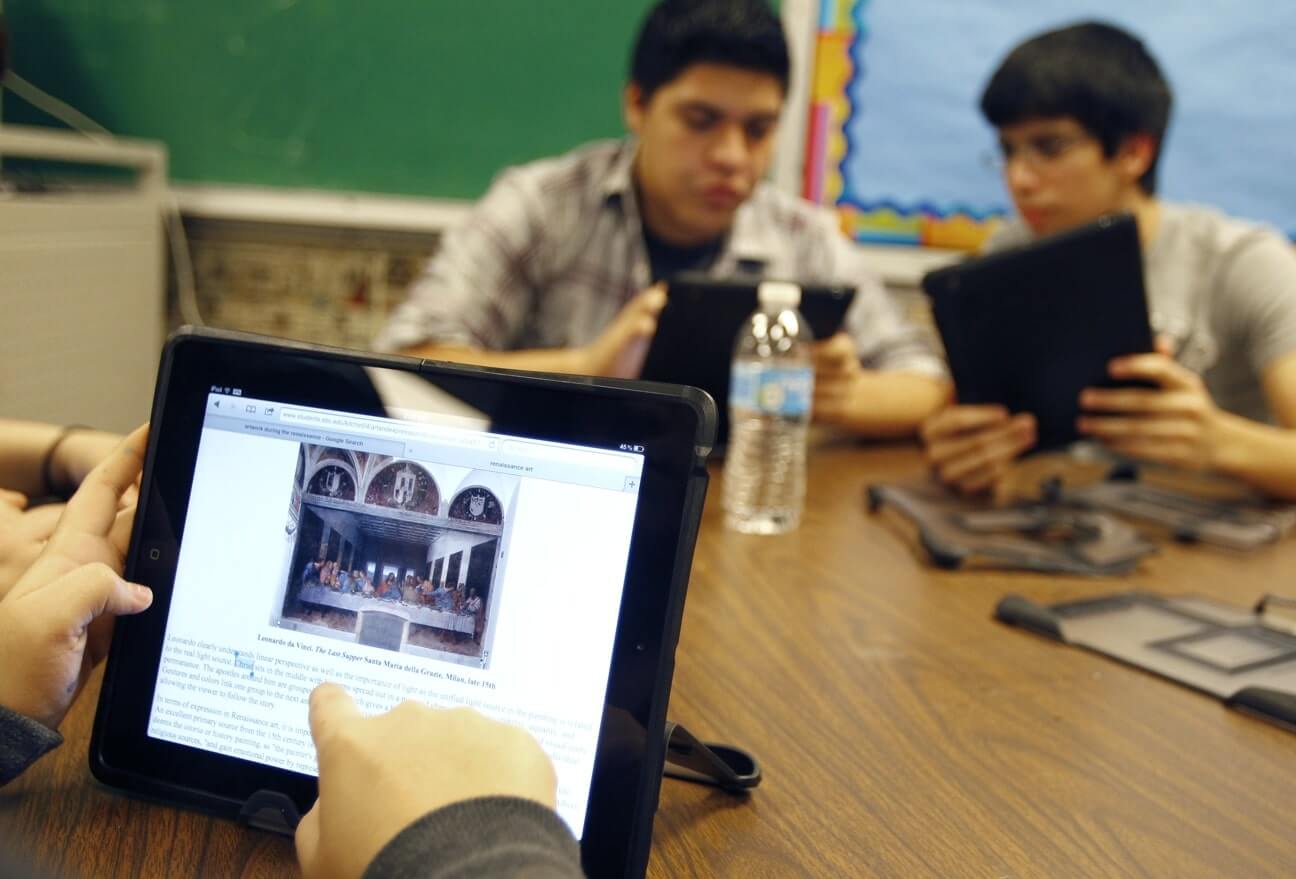The era of the digital native still hasn’t morphed to include education, at least not according to new findings from Patricia A. Alexander and Lauren M. Singer. Their study and review of other sources over the past many years find that students might perceive they do better when they use a digital textbook, but the measurable outcome doesn’t support that perception.
One of the earliest findings in how students interact with digital educational materials–especially as they’re presented on electronic devices like Chromebooks or iPads–is that kids simply didn’t prefer digital. Their devices were devoted to “me time” activities, such as social media and streaming entertainment. The all-in-one functionality of technology didn’t translate into schoolwork, study, or even pleasure reading. Early on, students preferred a separation of learning and fun.
Now that mobile device penetration in young people’s demographics has increased, we see a slight increase in willingness to consume a variety of media. Yet as Alexander and Singer have found, the long-predicted increase in reading comprehension and better understanding thanks to enhanced ebooks hasn’t played out.
Part of the problem might be the unwillingness to go cold turkey into the world of digital textbooks. While a handful of initiatives have been put in place that will bring digital to more classrooms, the wishy-washy nature of some texts and content being digital while others are still archaic print means students have not yet had the option to fully interact with an all-digital environment. That’s not to say that students should have their heads held to a device until they learn to adapt, but rather to say that schools continue to struggle themselves with digital adoption. Once the adoption rate for enhanced ebooks and digital textbooks increases, the learning outcomes may increase as well.
Mercy Pilkington is a Senior Editor for Good e-Reader. She is also the CEO and founder of a hybrid publishing and consulting company.
